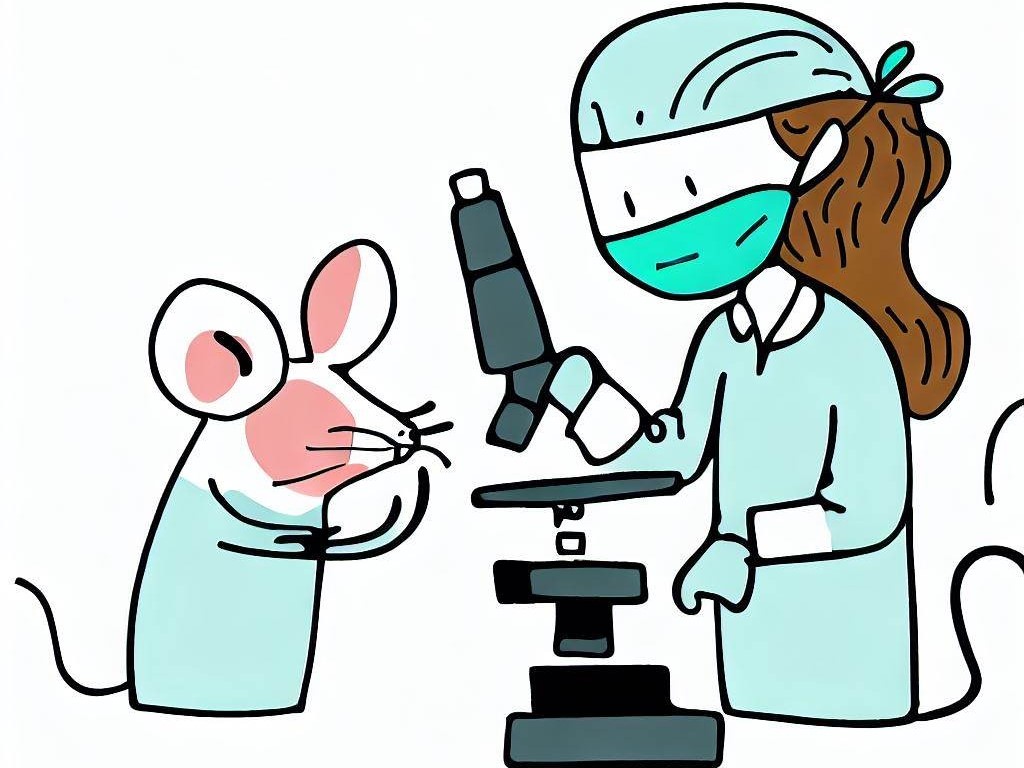Good Surgical Practice for Rodent Surgery

Rodents are the most common experimental animals and surgery is an integral part of many experimental studies. Good surgical practice is a prerequisite for surgical success and optimal animal welfare, not only improving the animal’s recovery, but also the study outcome and validity. Bad surgical practice increases post-operative morbidity and mortality. Therefore, besides acting as a refinement, good surgical practice also helps to reduce the number of animals used for a study.
However, most researchers performing rodent surgery have no medical background and therefore did not get any basic training on good surgical practice. Additionally, specific considerations must be kept in mind for experimental rodents, which are different from other species, e.g. the need for a specific (micro)surgical set up due to the animals’ small size, a large numbers of surgeries to be performed (“batch surgery”) or the use of genetically modified or immunocompromised rodents.
Our aim is to fill this gap by providing dedicated guidelines and training (including basic tasks like sterile gowning and glowing, decontaminating and draping the patient and using sterile equipment) and offering advice and on-site consultancy.
Available Resources
Course on Good Surgical Practice for Rodent Surgery (PDF, 304 KB)
Poster for Visual Guidance (PDF, 405 KB)
Gantenbein F et al. Who is doining rodent surgeries and how? accepted for publication in Lab Animals
.jpg)

